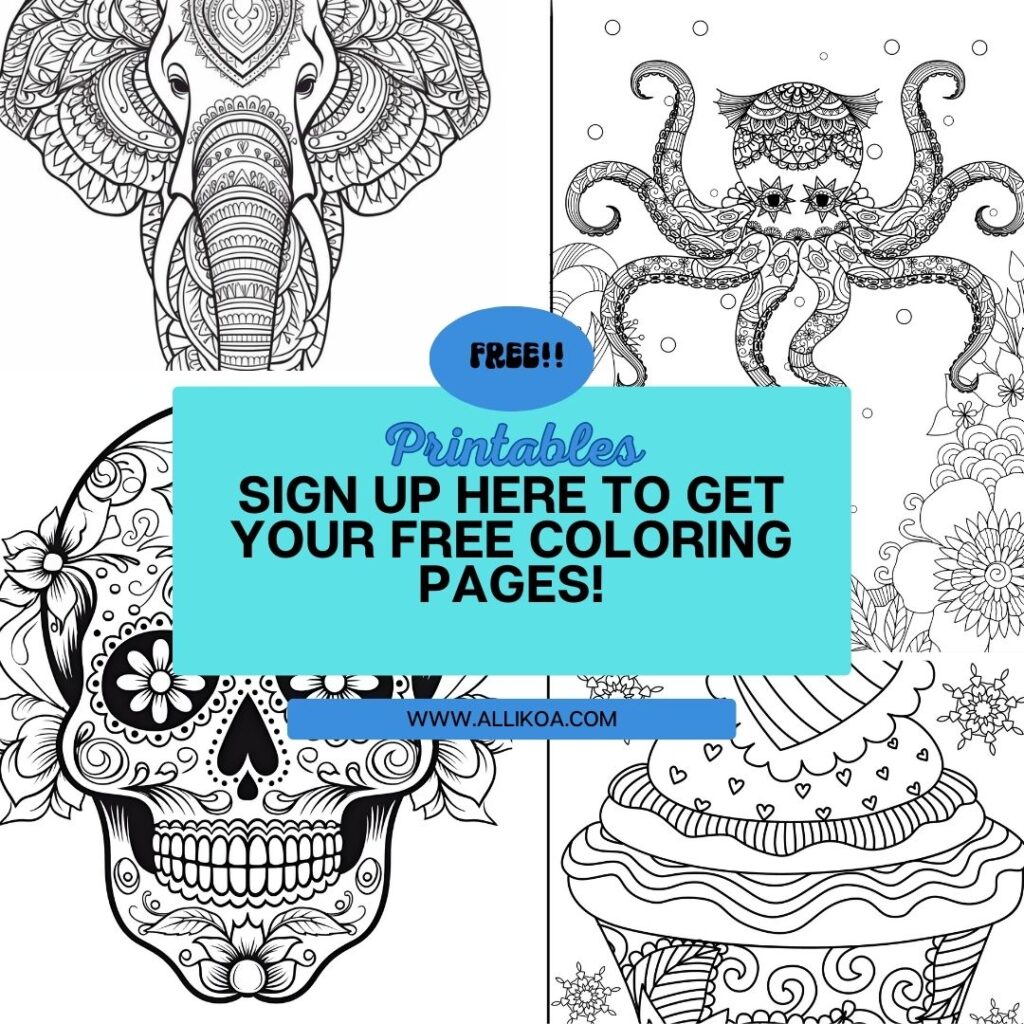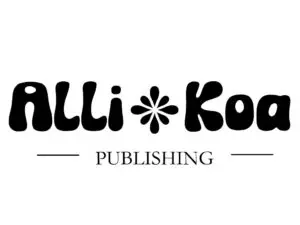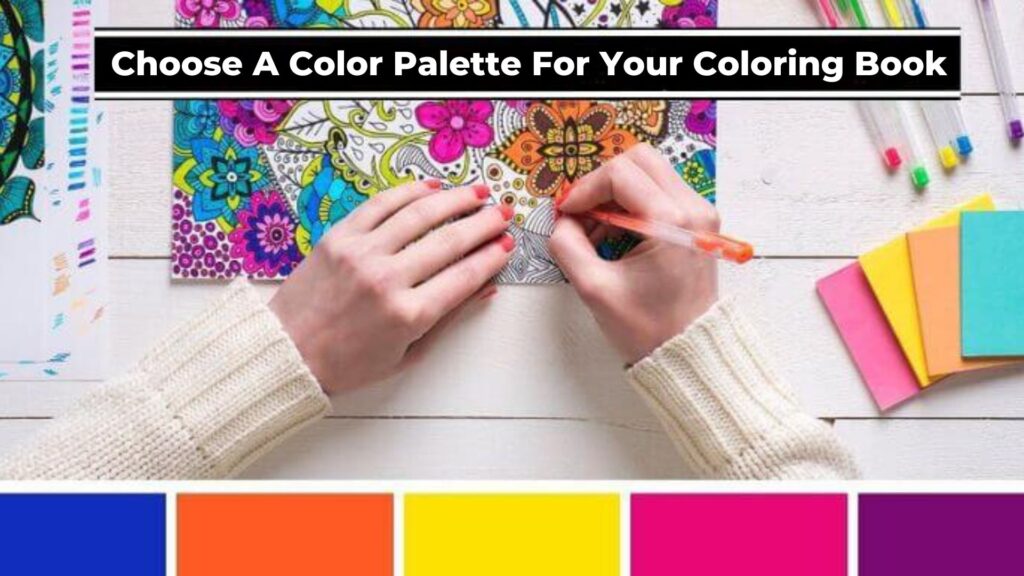Did you know you can get hungry or dizzy by colors? Also, different colors are more likely to get you a job? There has been long research going on the effects of color on human psychology.
The three primary colors, i.e., red, yellow, and blue, have different effects on your mood, behavior, and stress level, While the rest of the colors are a combination of these.
But how does it affect people’s emotions is the real question.
Let’s learn more about what is color psychology and how color impacts mood and creativity.
What Is Color Psychology: How Color Impacts Mood and Creativity
How can different colors evoke specific emotional responses? Let me tell you how!
Different colors can trigger different human emotions. For example, for the feeling of calmness and tranquility, purple, blue, green, and other such colors are often associated.
For passionate and energetic feelings, warm colors like orange, yellow, or red are associated.
Another fun fact is the red color causes the most emotional arousal; green is in the middle, while blue causes the slightest arousal.
All these different points indicate how colors evoke other emotions and feelings among humans.
But is it a myth or reality?
Well, people from all around the world were asked about their feelings when they think of different colors. Here’s what they said:
- Red: Many people (68%) think about love when they see this color.
- Orange: A good number (44%) associate this color with joy or happiness.
- Yellow: More than half (52%) connect yellow with pleasure too.
- Green: Quite a few (39%) feel contentment when they see green.
- Blue: Some (35%) find blue to be a color that makes them feel relief.
- Turquoise: Like blue, some (35%) say turquoise pleases them.
- Purple: A smaller number (25%) think of pleasure when they see purple.
- Pink: Half (50%) think about love when they see pink.
- Brown: Not many (36%) like brown; it can make them feel disgusted.
- Black: Over half (51%) associate black with sadness.
- Gray: Almost half (48%) also see gray as a color that makes them sad.
- White: About 43% feel relief when they see white.
The differences in how people act or think when they see different colors are because these colors remind them of certain things they’ve learned in the past. Colors like red and blue can affect how we behave and think
Some Tips To Use Color Psychology In Your Daily Life
Here are some tips on how individuals can use color psychology to improve their mood and creativity in daily life:
- For your relaxing area, like your bedroom and living room, use calming colors like blues or green, While for your workplace or areas of socializing, use colors like oranges and yellows.
- You can also choose your clothing according to your mood. For example, when you are trying to relax, wear blue or cool-colored clothes. On the other hand, decide to wear vibrant color clothes to boost your energy.
- To evoke your desired state of mind, you can use artwork of specific colors.
- Add different colors of fruits and vegetables to your diet, which will not only have a psychologically positive impact but will also provide you with adequate nutrients.
- Activities like picnics, gardening, and hiking incorporate some natural and vibrant colors into your routine, which have an overall positive impact on your health.
- Lastly, you can use natural colors in your self-care routines, like colored and fragrant candles and bath products. These together will boost positive energy and promote relaxation.
Do Colors Have Effects on Creativity?
A recent study from the University of British Columbia has settled a long-standing argument among marketers and psychologists.
They were debating which color, red or blue, is better for making our brains work better and pay attention to ads.
The study discovered something interesting: Both red and blue can be helpful, but it depends on what you’re trying to do.
Red: If you want to pay close attention to details, like reading carefully or spotting small things, red is the winner. It’s suitable for tasks that need a lot of focus.
Blue: On the other hand, if you want to be more creative and think of new ideas, blue is the go-to color. It helps your brain be more creative and imaginative.
From 2007 to 2008, scientists watched over 600 people doing six different thinking tasks. Some tasks needed attention to detail, like remembering things and finding mistakes. Others required creativity, like brainstorming ideas.
Most of these tasks happened on computers, and the computer screens showed either red, blue, or white colors.
Here’s what they found:
- When the screen was red, people did really well on tasks that needed lots of attention to detail. They were about 31% better at remembering things and finding mistakes than when the screen was blue.
- But when the screen was blue, people got super creative. They came up with twice as many creative ideas when they had a blue background for brainstorming.
This is important because it shows that the color you see can affect how well you do different kinds of tasks. So, whether red or blue, the color choice depends on what you want to achieve, like focusing on details or being creative.
Role Of Color Psychology In Marketing
In marketing and branding, understanding color psychology is paramount. Colors have a substantial influence over brand recognition and consumer choices.
Stats reveal that adept use of color can enhance brand recognition by 80% and elevate visual appeal by 93%.
Impressively, 85% of consumers admit that color significantly guides their buying decisions, alongside design, texture, smell, and sound.
Different colors trigger unique psychological and emotional responses. Red evokes passion and excitement, while blue conveys trust and reliability.
Iconic brands like Coca-Cola (red for energy) and Facebook (blue for trust) have harnessed these associations effectively.
In conclusion, comprehending how colors shape consumer responses is vital in the competitive marketing landscape.
Employing color psychology strategically can boost brand recognition, consumer trust, purchase decisions, and long-term loyalty, making it a crucial tool for marketers.
Conclusion
By now, you may have understood what is color psychology and how color impacts mood and creativity. You can strategically use color psychology in different areas of life, like marketing creativity, to evoke specific psychological responses.
However, their effect varies from person to person and is different for every culture as well. So, when applying color psychology, it is essential to take into account personal preferences.
Coloring For Adults 101: A Beginner's Guide
Discover color theory, coloring techniques, the best coloring supplies, the incredible health benefits of coloring, and much more. Start your creative journey today! Click here to read more!
How Do I Choose A Color Palette For My Coloring Book?
Choosing colors for an adult coloring book can be both challenging and overwhelming. Here are some methods by which you can choose colors to give you the courage to draw lines on any coloring book. Learn more here!
FREE COLORING PAGES!
Sign up here to get a collection of some of our favorite printable coloring pages for FREE! Unsubscribe at any time.




